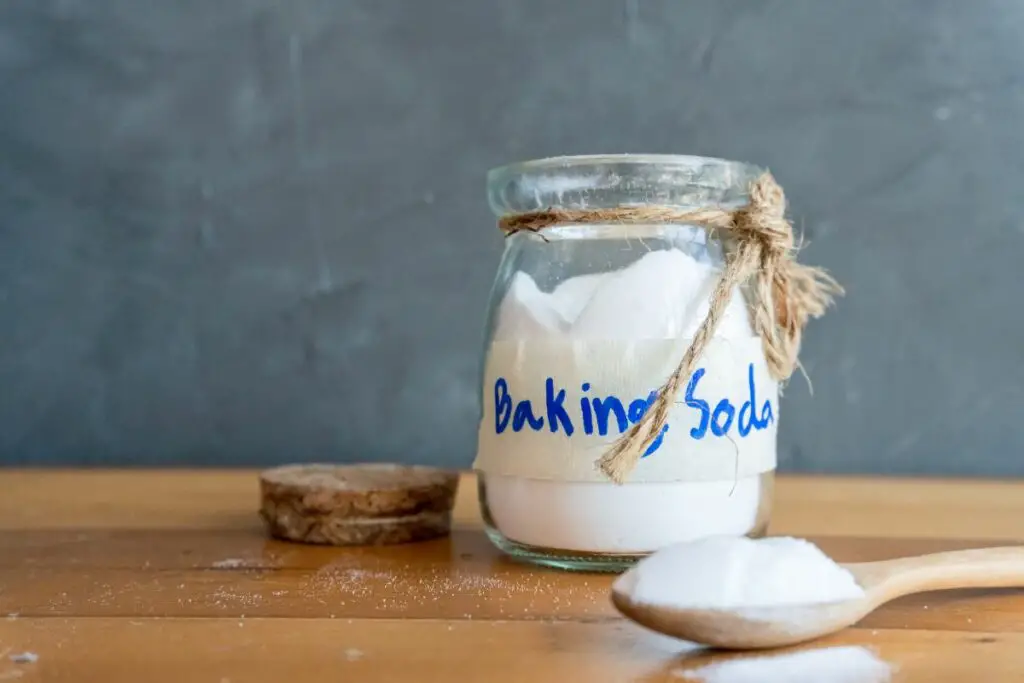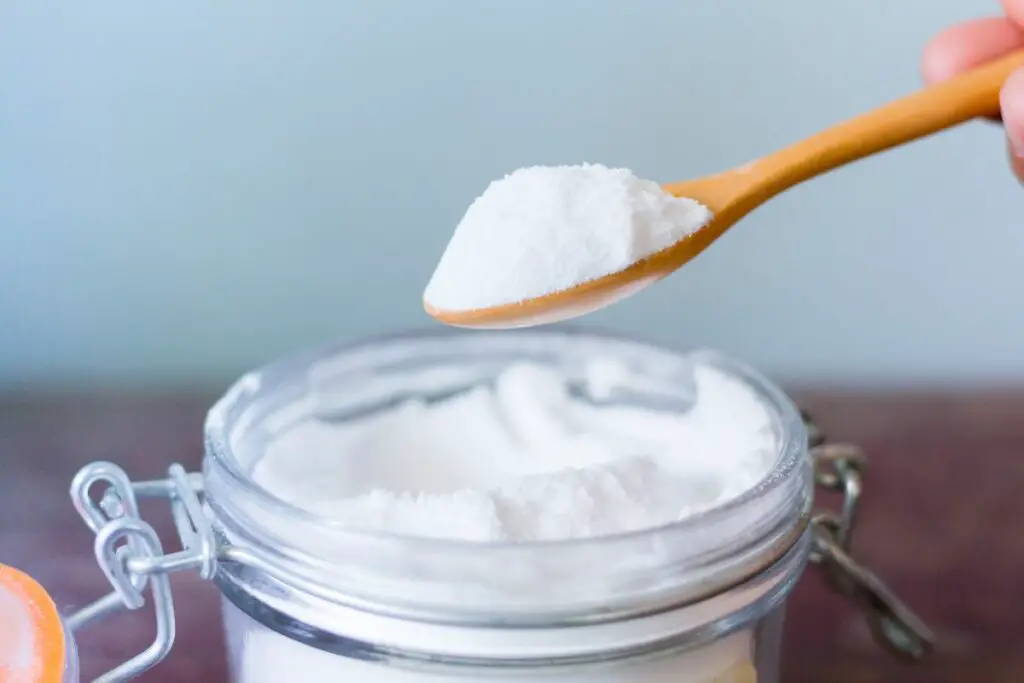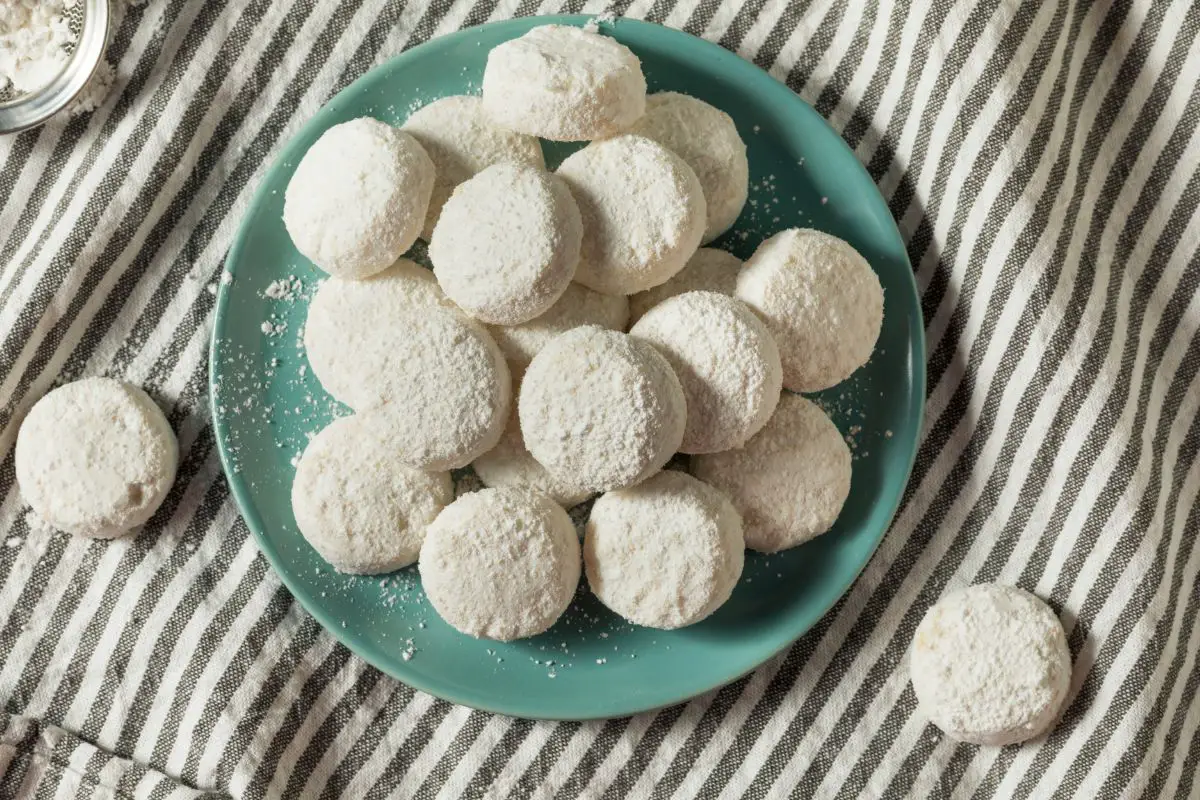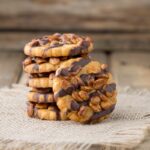In many cookie recipes, you may well see baking soda listed as an ingredient. It may only be a teaspoon but you really should include it in your mix.

There is a certain science that relates to why baking soda is included. You may even want to alter the mix a tiny bit to get more of a reaction. That’s as long as you know why you are using it.
In this guide, we will ask; what does baking soda do in cookies? We will look at why creaming butter and sugar is essential in cookie mixes.
Also, we will look at the other function of baking soda in cookie mixes, the history of baking soda as an ingredient, and its other uses.
What Does Baking Soda Do In Cookies?
On a fundamental level, baking soda acts as a leavening agent in a range of desserts. With cake batter, you may use baking soda if your mix includes yogurt, coffee, and buttermilk.
These are acidic liquids yet you should get the batter in a preheated oven quickly. The reaction with baking soda begins almost immediately so if you want an airy product, time is of the essence.
It’s a different story with cookies as the acidity comes from decidedly dry ingredients. That could be natural cocoa powder or brown sugar so pay attention to the list of ingredients.
The recipe will include various elements to consider that chemical reaction. You may also be advised to chill the dough and that’s because the mixture will keep well when chilled.
The acidic and alkaline elements will fail to combine until the butter has melted. Until you expose the cookies to heat in the oven, the reaction cannot begin.
Yet as soon as that butter turns into liquid, the carbon dioxide will filter through the dough. Effectively, the cookie dough will be held aloft as those air cells expand.
Unless there are already air cells trapped in the dough, you may not get that desired effect. As the cookies set after baking, you should see a cracked surface.
This is where the carbon dioxide bubbles have burst and then been preserved.
Why You Need To Cream Butter And Sugar In Cookie Mixes
To create those bubbles of air, the recipe should insist that you cream the butter and sugar. You can do this by hand with a wooden spoon yet it can be done quicker with an electric mixer.
Work quickly and the mixture will become light and fluffy as those tiny pockets of air are contained in the dough.
Even coarse ingredients like rolled oats can effectively smuggle in some air into the mix, hence their inclusion as an ingredient.
The Other Function Of Baking Soda In Baking Recipes

While baking soda is predominantly used as a leavening agent in baking recipes, it has another function too. Its inclusion in the mixture will raise the pH which is really important.
As the dough becomes more alkaline, you can expect protein coagulation to slow down so the dough can spread out before those beaten eggs can set.
For cookies, that means you will have to spread out the cookie dough balls on the baking sheet as they will expand.
Baking soda will also encourage a uniform thickness of the final dough, from the center to the very edge. The cookies will bake evenly and the alkaline mix will work to weaken the gluten.
That will create tender, soft cookies and help those crucial colors and deep flavors to develop quicker. This final feature is known as the Maillard reaction and can be a crucial element in creating cookies.
The History Of Baking Soda As An Ingredient
The ingredient is added to create air bubbles in baking goods and has been commonly available since the mid-19th century.
That’s when Arm & Hammer began selling pure sodium bicarbonate and the company became increasingly popular.
Instead of turning towards biological leavening, as seen in cakes and yeasted breads, many turned to chemical leavening.
That’s why many home cooks decided to use baking soda for their muffins, quick breads, and cookies as it worked quicker.
The Other Uses Of Baking Soda
As sodium bicarbonate, you may also have used baking soda in a few science experiments. When combined with vinegar, baking soda produces an explosive chemical reaction.
If you have ever wanted to replicate the sight of an exploding volcano then you would be advised to mix vinegar and baking soda.
That’s because the two components are opposites; the acidic vinegar reacts with the alkaline baking soda to produce carbon dioxide and water.
Final Thoughts
If you are wondering why baking soda is included in a recipe and not baking powder then it is down to science.
Baking soda works on a much more powerful level, even if you only include a teaspoon. For Snickerdoodles and Gingersnaps, it becomes an essential ingredient.
Not only will the surface be cracked but the chemical properties will help the actual baking of the cookies.
Frequently Asked Questions
What Are The Consequences Of Not Adding Baking Soda If It Is Specified In A List Of Ingredients?
There are particular reasons why baking soda will be included in a list of ingredients. Not just as a leavening agent but also to help the mixture spread out and create soft cookies.
Without baking soda, you can expect decidedly dense cookies. That’s because there is a limited chemical reaction to introduce gas bubbles to help the cookies rise.
How Else Can You Create Chewy Cookies?
With just an hour in the refrigerator, you can drastically change the composition of your cookies.
Once you have created a smooth ball of cookie dough, wrap it in plastic wrap, and leave it in the refrigerator.
Give it an hour and some of the water will evaporate to create a distinct chewiness.
The sugar content will also increase so they may even taste sweeter than you may expect.
- How To Make Honey Butter - July 4, 2023
- How To Make Meringue - July 3, 2023
- What Is Shortening? - July 3, 2023








